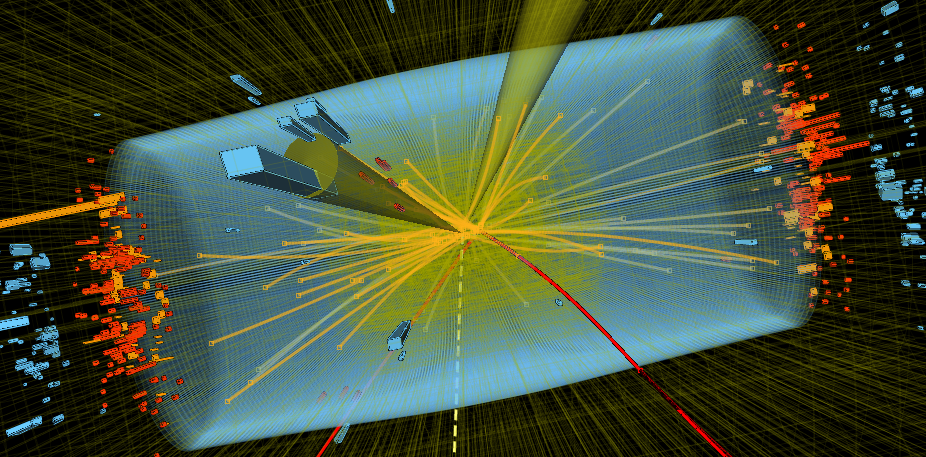Precision calculations of Standard Model observables (muon g-2)

A particle's magnetic moment describes the strength of the force on it due to a magnetic field, and is a property which can be measured amazingly precisely in small-scale experiments [1]. The electron's magnetic moment has been measured to better than one part in a thousand billion and is one of the most precisely determined particle properties in external pageNaturecall_made. However, quantum field theory predicts that this magnetic moment is modified by the interactions with all of the fundamental fields and matter which fluctuate in the quantum vacuum. Julian Schwinger was the first to compute the leading correction to the magnetic moment, or the anomalous magnetic moment or g-2, due to the electromagnetic field fluctuations of the vacuum, more than 70 years ago external page[2]call_made!
The sensitivity to new fundamental particles in the quantum vacuum is why this quantity is so exciting for physicists. In order to maximise the potential to observe a discrepancy between the experimentally-observed magnetic moment and the theoretical prediction of the corrections from all of the known matter and fields in the Standard Model, the theory must reach the same accuracy as the experiment. It is a huge challenge to incorporate the vacuum effects due to the strong nuclear interaction but the current best estimate for the case of the muon anomaly leads to a 5-sigma discrepancy with the experimental prediction combined with the latest results from the external pageFermilab g-2 experimentcall_made. Is this a sign of physics beyond the Standard Model or a limitation of our description of the strong force?
Since 2022 another approach to computing the effects of the strong nuclear force using lattice field theory on supercomputers has hinted at an alternative scenario: the Standard Model prediction of the strong contribution, the so-called leading hadronic vacuum polarization (HVP) is in much better agreement with the experimental value. Thanks to Moore's law as well as algorithmic improvement, lattice field theory computations are systematically improvable and this suggestion should be confirmed or falsified before the final experimental results in 2027.
Our collaboration is playing an important role in predictions of the HVP contribution from lattice field theory, making use of the high-performance computing infrastructure provided by the Swiss National Supercomputing Centre external pageCSCScall_made and supported by programs like the PASC project external pageEfficient QCD+QED Simulations with openQ*D softwarecall_made. In 2023 our group is co-hosting the g-2 Theory Initiative Workshop [external pagehttp://muong-2.itp.unibe.ch/call_made], an important meeting for theorists with expertise in the muon g-2.
